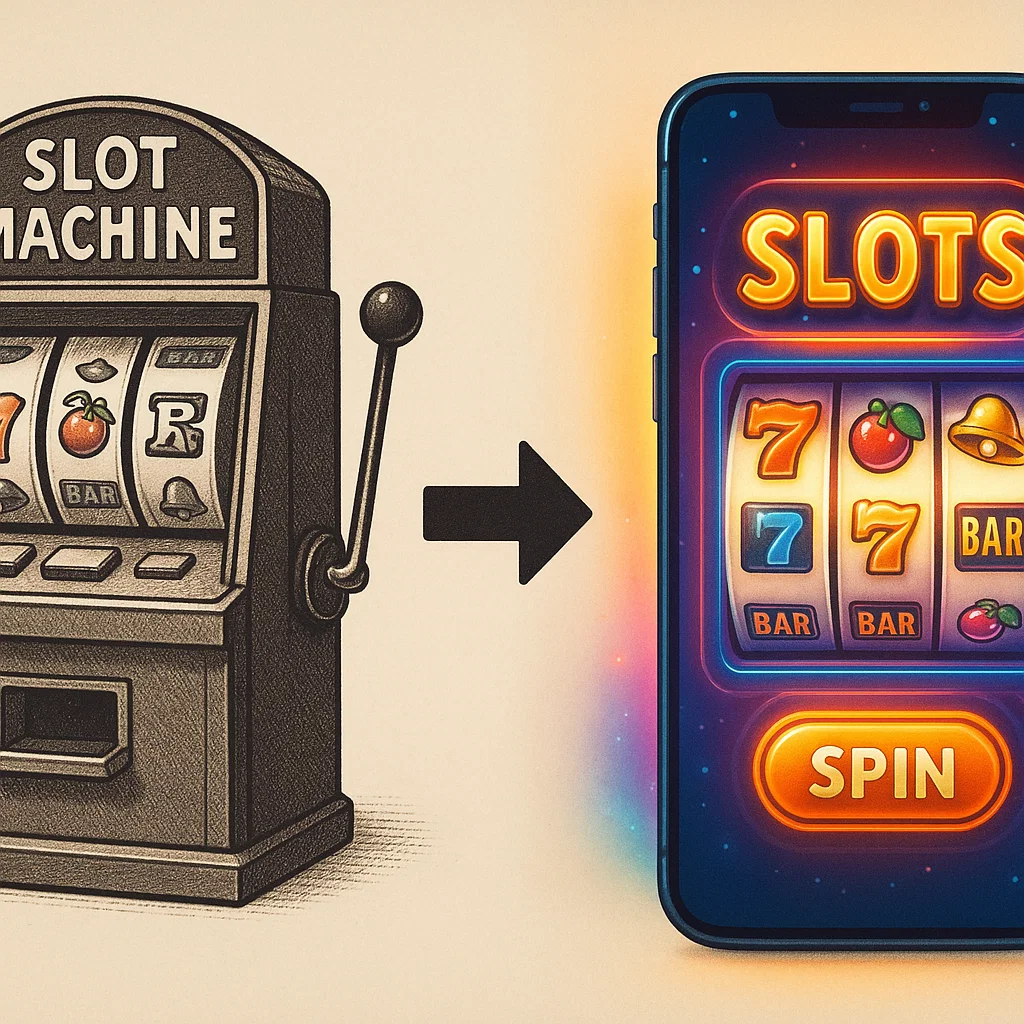The concept of best betting providers without Lugas (beste wettanbieter ohne lugas) often appeals to players searching for more freedom in choosing where and how to gamble. While regulations and providers remain debated topics, the larger story is the evolution of gambling itself, which has shifted dramatically from arcade halls to mobile apps in the span of a few decades.
Best Betting Providers without Lugas in Context
Tracing the evolution of gambling reveals how dramatically consumer habits have shifted over the years. What was once confined to slot machines in local venues and bustling physical arcades soon began to expand with the rise of personal computers.
Early innovations such as digital poker rooms and primitive online sportsbooks laid the groundwork for what would eventually become today’s highly sophisticated online casinos. As technology progressed, players moved from desktop-based platforms to the convenience of smartphones and tablets.
Now, mobile apps dominate the industry by combining instant access with powerful personalization features, delivering convenience and tailored experiences on a scale that would have been unimaginable just a few decades ago.
Gaming and Social Connectivity
Modern apps have evolved far beyond simple gambling platforms. Today, it is common for apps to integrate rich social features that echo the community spirit once found in traditional arcades and casinos.
Leaderboards, interactive tournaments, and multiplayer betting sessions allow users to connect with friends or compete against other players in real time. Shared events and group challenges transform what was once a solitary pastime into a more engaging, collective experience.
This seamless blending of technology and social interaction demonstrates how gambling continues to adapt to cultural expectations. Gambling-related activities become less isolated play and more about shared experiences.
Influence of Game Design

Another notable factor driving the evolution of modern gambling is the influence of video game design. Developers increasingly incorporate interactive elements such as:
- Achievements
- Progress tracking
- Immersive 3D graphics
Integration of these graphics are capable of rivaling the sophistication of console and PC gaming. By adopting these design strategies, gambling platforms elevate the entertainment value, creating an experience that feels more engaging and rewarding than traditional casino play.
This gamification not only enhances player retention but also broadens the audience base, appealing to younger generations and individuals who may not have found conventional gambling formats attractive.
In blending gaming mechanics with betting opportunities, the industry has successfully bridged two worlds, reshaping how people view and interact with gambling in the digital age.
Gambling in the App Era
As technology continues to advance, gambling platforms are poised to push even further into augmented reality (AR) and virtual reality (VR).
Imagine slot machines projected directly into living rooms through AR glasses or immersive poker games unfolding around a virtual table via wearable devices.
These innovations highlight how the industry is not merely adapting to digital change but actively thriving within it. By merging cutting-edge technology with the cultural trends of modern gaming, platforms are reshaping expectations and attracting a new generation of players eager for experiences that feel both social and futuristic.
